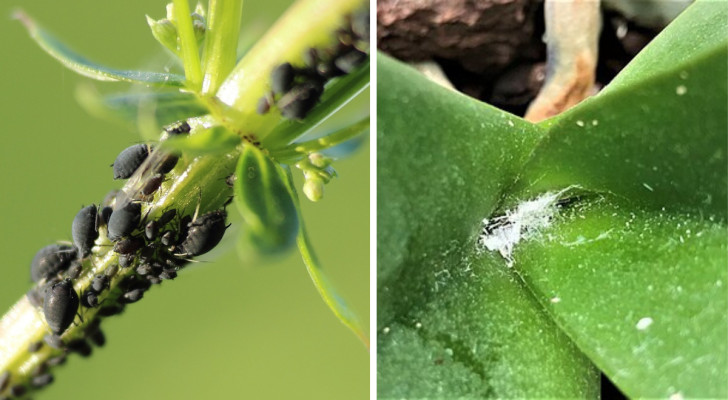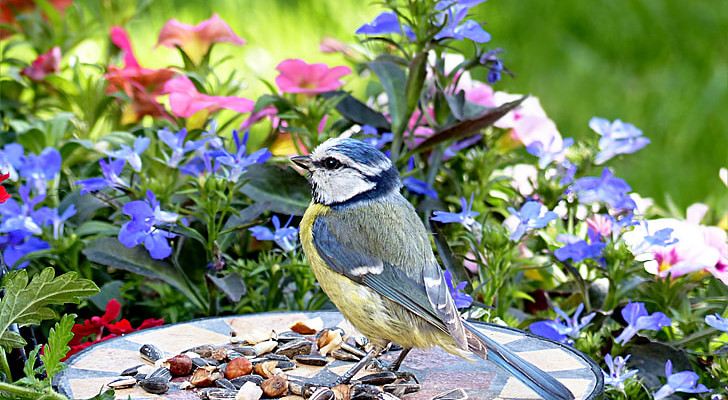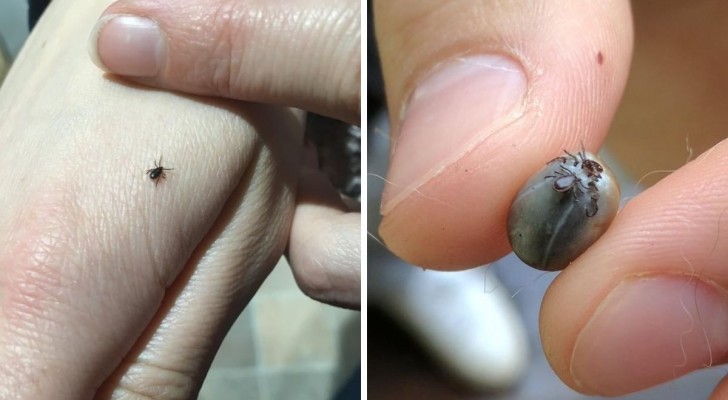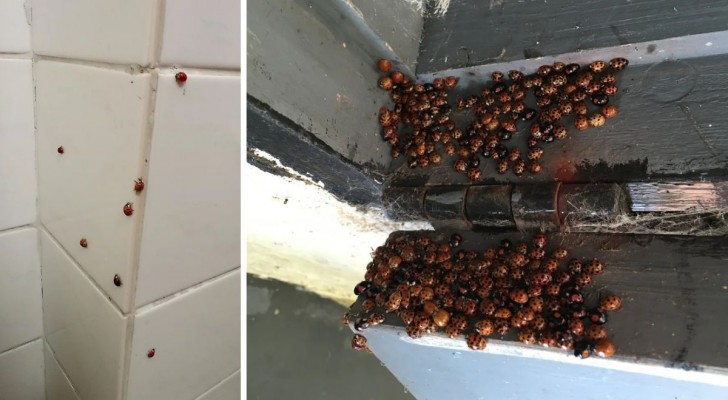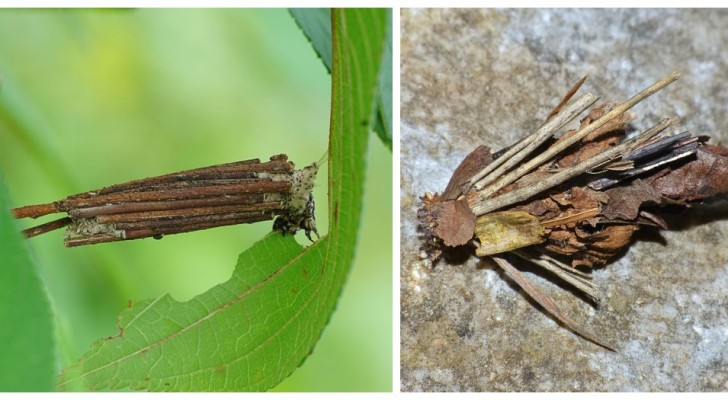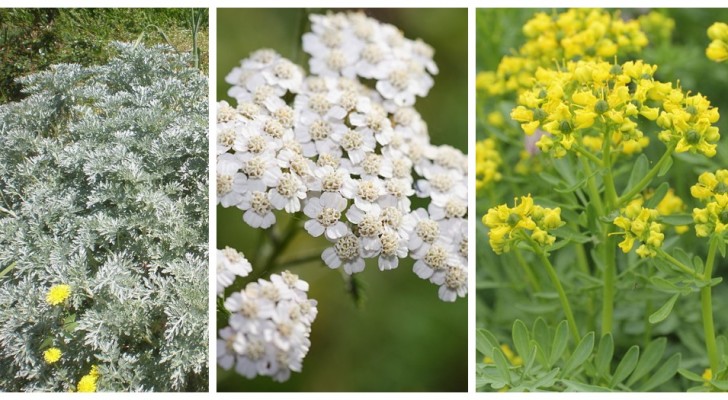Get rid of harmful insects forever by welcoming these 10 bird species into your garden
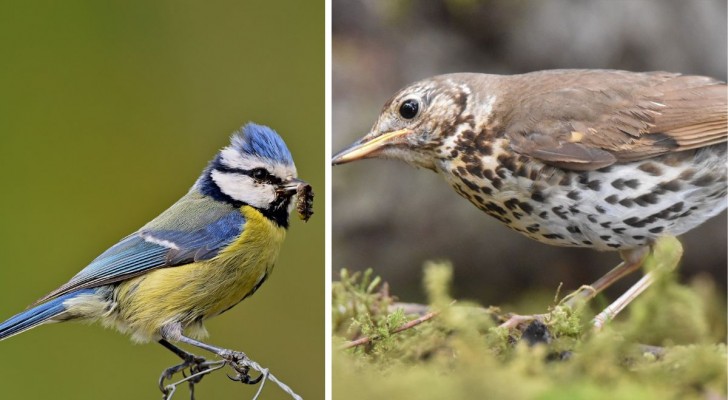
Anyone who has a garden knows well how annoying insects can be - not only for ourselves, but also for our precious plants, which can be badly damaged by these pests.
An effective, natural method to control insect pests is by attracting various species of birds into your garden, which will happily feed mainly on insects and insect larvae. In this way, you can protect your plants without resorting to potentially harmful, chemical insecticides.
So, how can you attract these birds to your garden? It's simple: all you need to do is provide them with nests in which to take refuge and food they prefer (and remembering that each species has specific needs).
Below, we list 10 species of birds that will help you keep your plants safe from harmful insects:
1. European starling

A lowland bird, the European starling is found mainly in non-mountainous areas and nests in summer in the cavaties in trees. In winter, it will nest wherever it can find decent shelter. Starlings are very social birds, breeding, feeding and migrating in flocks. They have an omnivorous diet, which includes a large variety of insects.
2. Song thrush
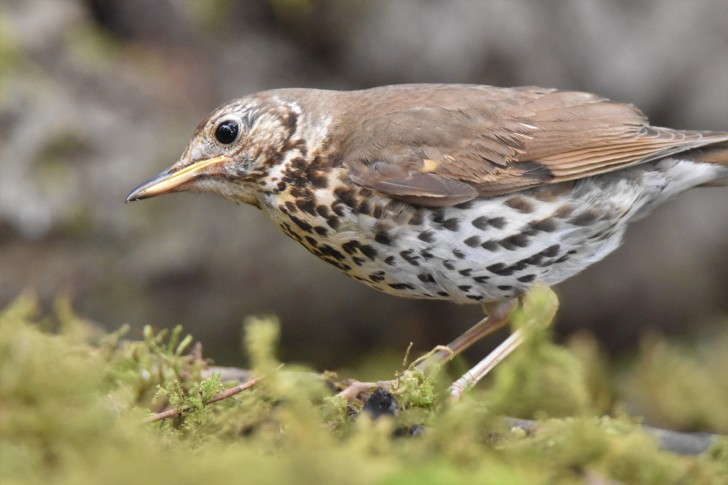
Similar to the great thrush, but smaller in size, songbird thrushes build nests of twigs lined with clay and rotten wood and covered with grass and moss. They feed mainly on snails, insects, millipedes and worms.
3. Oriole
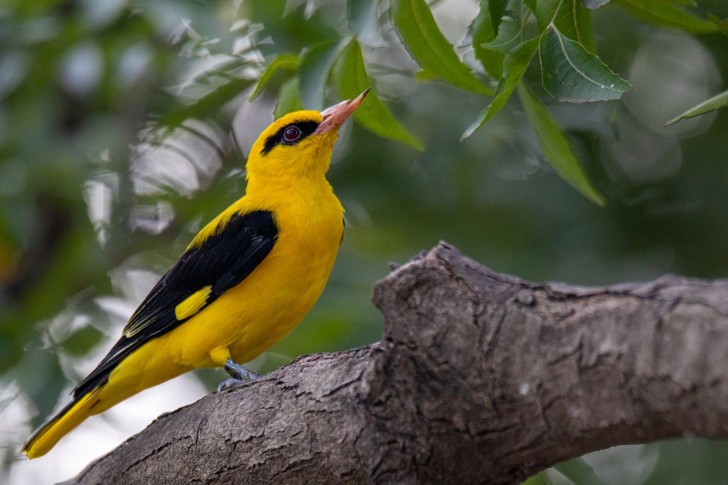
The males of this species are yellow-black in color while the females have more camouflaging yellow-green shades and gray streaks on their bellies; both sexes have red bills. They can generally be spotted in pairs and are very fond of insects, insect eggs and insect larvae.
4. Blue tit
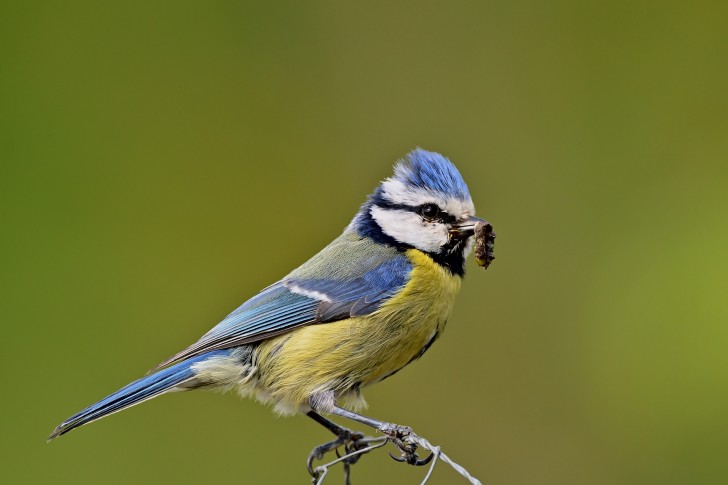
Easily recognizable by the bright colors of its plumage, the blue tit is a voracious insectivore, with a preference for coccids (scale insects), aphids, larvae and spiders, as well as small invertebrates. In winter, blue tits will also eat seeds, fruit and berries.
5. Jays

Jays have a "chunky" appearance and an unmistakable white, brown, black and bright blue plumage, Jays have an omnivorous diet, which, in their breeding season, is predominantly insectivorous. Jays play an important role in black pine forests, where it keeps pine tree pests at bay.
6. Goldfinch
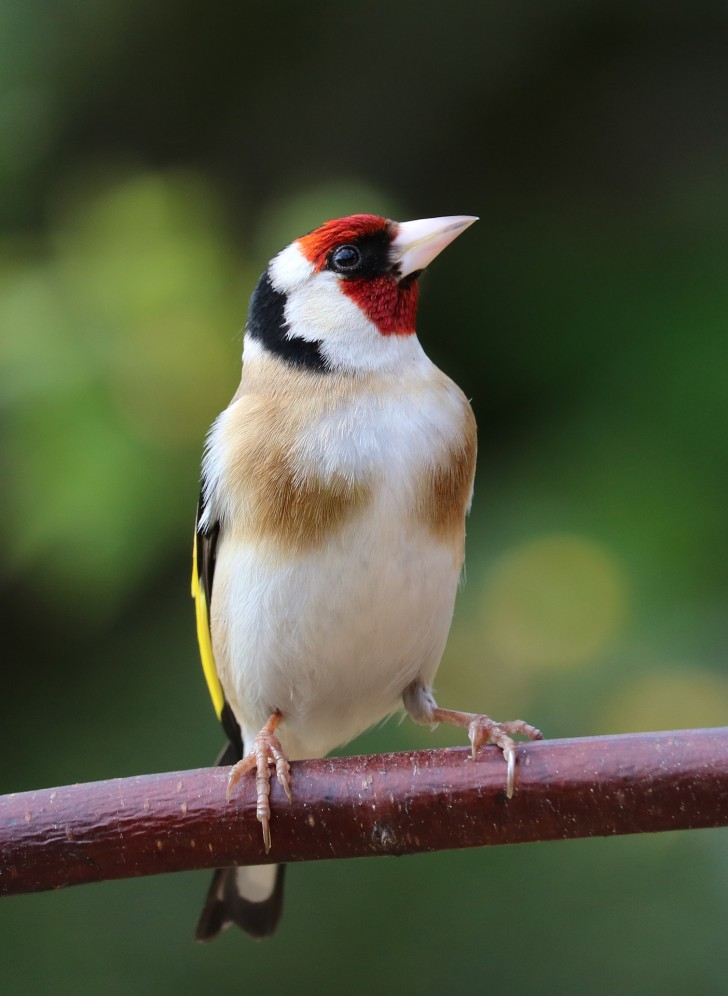
A small bird recognizable by the characteristic red spot that extends from the sides of its beak to its eyes, the Goldfinch is a predominantly granivorous species. But during the mating season, its increased energy requirement will encourage it feed on insects and small invertebrates, which it also uses to feeds its offspring.
7. Nuthatch
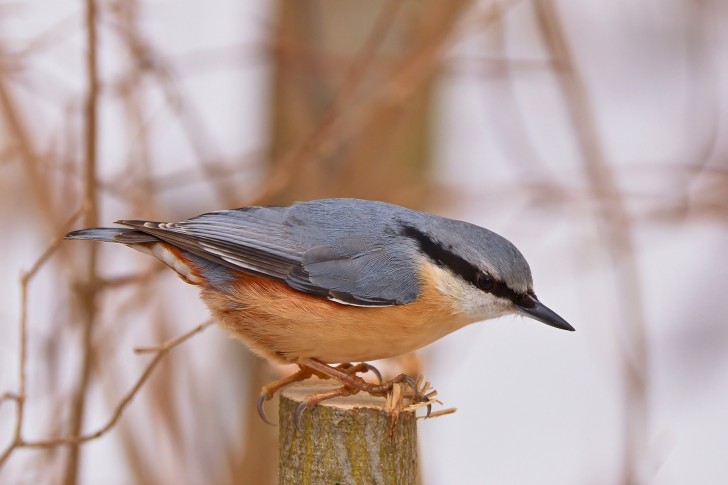
Another predominantly insectivorous bird active in spring and summer, the nuthatch is especially fond of seeds and nuts, which it cracks opens with its beak.
8. Black flycatcher
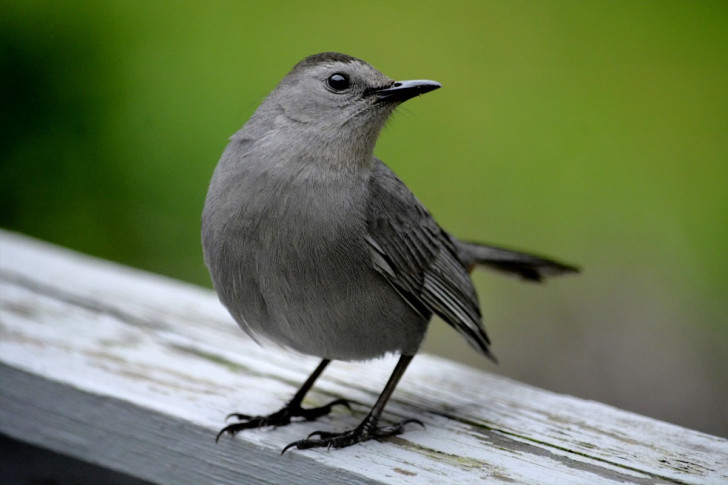
Its name says it all: this bird feeds on flying insects such as mosquitoes, flies and wasps, but also small crawling insects and larvae. Black flycatchers are certainly useful to have in your garden!
9. Gray cuckoo
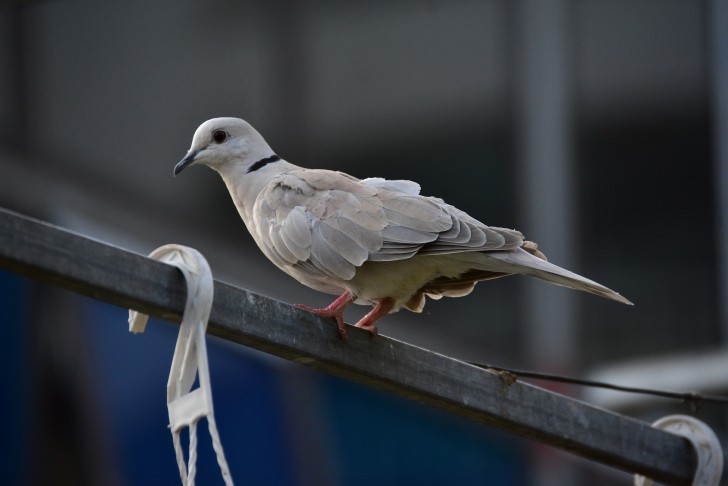
Grey cuckoos are mainly found around farms, forests and swamps, but they will visit your garden too - especially if they can find hairy caterpillars and locusts to feed on.
10. Wren
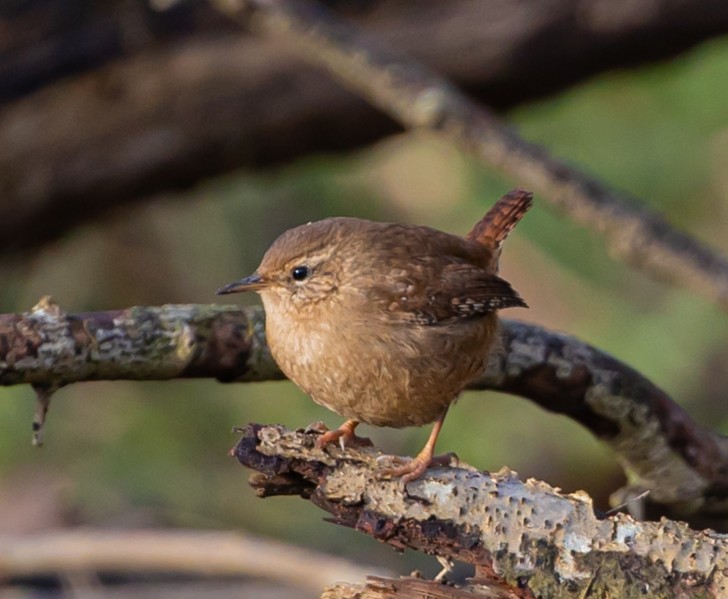
A small bird with a powerful, captivating song, the wren will gobble up ants, caterpillars and spiders from your garden, ensuring you a bountiful harvest.
Are you ready to get out your bird feeders?
